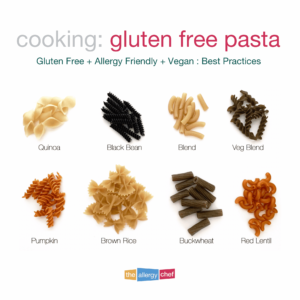With both the gluten free and wheat free diagnoses on the rise, I want to share gluten free and allergy friendly pasta cooking tips that could help the newly diagnosed. Here are my top tips and information for cooking gluten free and allergy friendly pasta.
GLUTEN FREE PASTA IS FINICKY. Yes, I’m shouting a bit. Here’s what I mean: the moment your pasta is done, drain it. Don’t let it sit, and don’t continue to cook it. 99% of the time, cooking gluten free pasta past the point of doneness results in mushy, nasty pasta.
Do I Really Need That Much Water?
Ready for the answer: nope. When you go to cook gluten-free pasta, you don’t truly need the amount of water called for on the back of most boxes. As long as your pasta is fully immersed in water, you’re fine. Now, you will need to stir a little more often since there’s less water (and probably less room) in the pot. It means that as the pasta cooks in the boiling water, it won’t have the physical space to roll away from other pieces.
No Matter How Much Water You Use…
Stir. The. Pasta. Most, if not all, gluten free pastas need to be stirred a lot more whilst cooking when compared to their wheat-based counterparts. The first few minutes are extra important. This will prevent the noddles from sticking together, and to the bottom of the pot.
Here’s an example of what can happen if you don’t stir well, especially in those first few minutes. Once these clumps form, they generally don’t come apart during the rest of the cooking process.
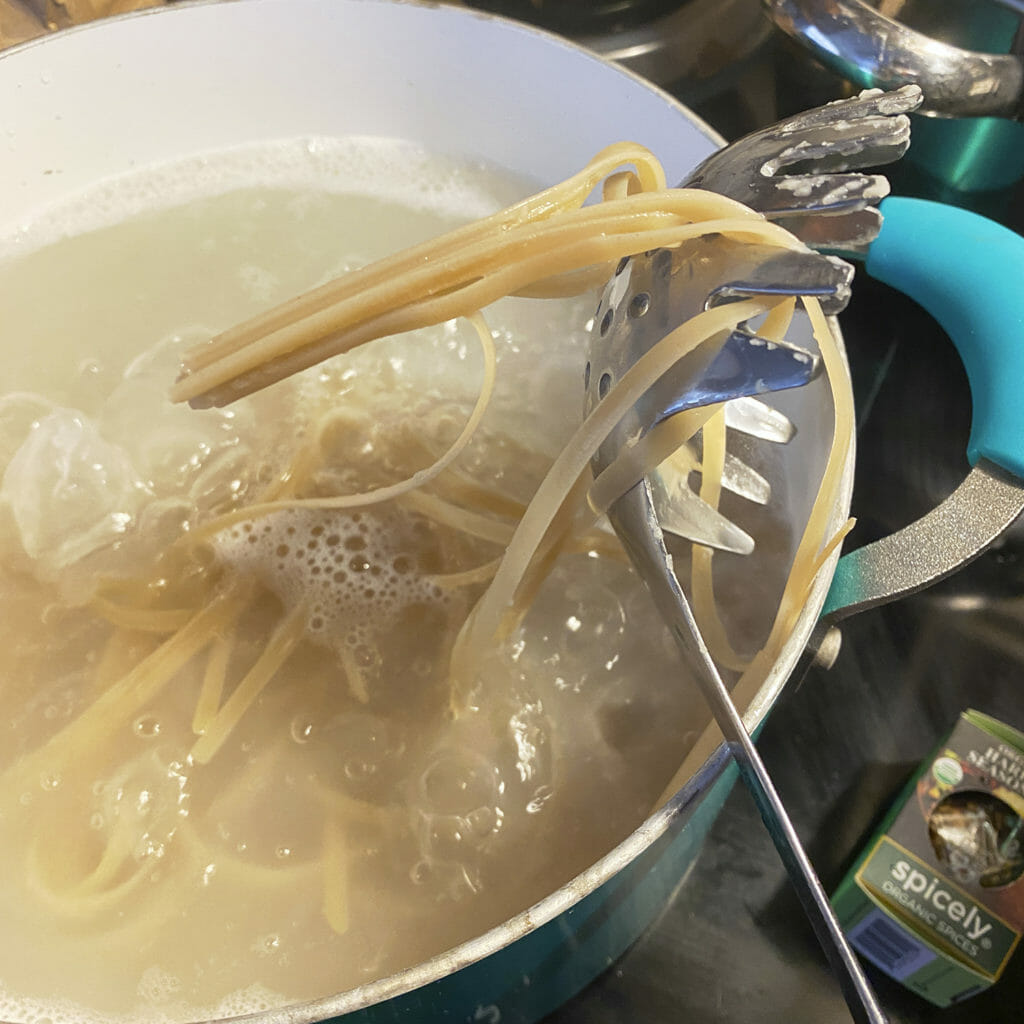
Salt the Water!
You may have heard that pasta water should be salted and should taste like the ocean. This is true, even for gluten free and allergy friendly pasta. Gluten free pseudo-grains have distinct tastes, some of which need some TLC to be enjoyed, so make sure that the water is generously salted. This produces a cooked pasta where the natural flavours are more evident.
If you’ll recall, one of the biggest free-from complaints is how bland everything is. Properly salting your water absolutely combats this. I usually use 2 – 3 heaping teaspoons of salt when cooking a box of gluten free pasta.
The only time to pull back some on the salting is if you’ll be serving your pasta with a salty sauce. A good example of this is a parmesan heavy cheese sauce. Parmesan cheese is naturally very salty, and it’s possible to have too much salt in that kind of meal.
Save the Water!
Pasta water is full of starchy goodness. Before draining, spoon out several tablespoons to add to your sauce. It’s one of my favourite things to do when making gluten free dairy free mac-n-cheese. You can see this method in action in this recipe here.
Is the Cooking Time on the Box Correct?
Whilst the package is *usually* right, never trust the cook time on a box of gluten free pasta. Your personal preference and your stove will determine your cook time. Anytime I try a new brand, I start testing for doneness 2 minutes before the package time. Usually, it’s several minutes past the box time to get it right.
With cooking instructions, they’re also *usually* right. However, each stove and power going to the heating element will be different. Unless otherwise stated, start with boiling water (sometimes called a rolling boil) before you add the dry pasta.
Should You Rinse Gluten Free Pasta & Allergy Friendly Pasta?
To rinse or not rinse, that is the question. You’ll have to experiment with this one. I NEVER rinse gluten free pasta. Some gluten free bloggers I know swear by the rinsing. It’s going to come down to personal preference. Next time you make pasta, rinse half, sample both, try with sauce, and see which method you prefer.
Should You Add Oil to Gluten Free Pasta?
There’s no need to add oil to your gluten free pasta whilst it’s cooking. You may have heard that it prevents the noodles from sticking together. Whilst this is true, it can also prevent a nice sauce from adhering properly.
After your pasta been drained, should you plan to add a sauce, there’s still no reason to add oil.
If you’re serving the pasta plain to a toddler, child, or someone with very limited ingredients, it’s a good idea to toss the pasta lightly in a safe oil/fat/butter for them. It adds an extra layer of flavor, and can make the pasta more enjoyable.
Can You Bake Gluten Free Pasta & Allergy Friendly Pasta?
YES!!! If you’ve seen those cool cooking videos where pasta is cooked in dutch oven in the oven with sauce, or in a glass baking dish, you can do that too!!
I’ve tested this with gluten free, top 9 allergy free pasta and it totally works! On average, the bake time has been 30 – 40 minutes.
How to Store Gluten Free & Allergy Friendly Pasta
If you cook pasta and want to store it in the fridge, plain, DON’T. This will ruin your pasta. It gets clumpy, reheating is difficult, and it doesn’t quite come together the same as when it was fresh.
You can however store your gluten free pasta covered in a sauce. I like to mix the noodles VERY well with a sauce, then fridge. This prevents the above issues mentioned from happening. My kid who loves eating cold leftovers the most says that this method works very well.
Most gluten free pasta doesn’t freeze well. Lasagna noodles tend to do OK, but keep in mind, they’re smothered in sauce and that’s pretty forgiving. Lasagna noodles are also a bit thicker/tougher and will hold up to freezing better than say, an elbow noodle.
When you go to reheat your pasta, do so on the stove top and add a bit of liquid (such as dairy free milk) to help it along. You can also reheat in a toaster/toaster oven, but depending on the sauce, it can dry out a little bit. Since I don’t have a microwave, I can’t tell you how that goes.
The Only Opinion That Matters is Yours
Experiment until you’re happy! The tasters around here have tried a LOT of brands, and cooking methods, and have settled on what they like. I encourage you to do the same. If you find that your pasta is always mushy, it may be your cook time. If you’re not pleased with how the sauce interacts, it could be because you’re rinsing. Hating the taste of your pasta means you may need to try other brands of pasta.
We’re living in a time where there are loads of brands to choose from. My kids who can have wheat tell me that the Jovial gluten free pasta tastes the closest to wheat pasta. My cooking preference is Cybele’s since it’s rice and corn free. That means it can be cooked inside rather than outside, and I don’t need to use my respirator.
If this article was helpful, be sure to share it with your gluten free and wheat free friends, as pasta cooking is a struggle for many.
Need Great Gluten Free Pasta Recipes?
Check out these delicious pasta recipes on RAISE (membership website). All of these pasta dishes are gluten free, dairy free, and very allergy friendly. You can also tap into the Advanced Recipe Search, plug in all of the needs and preferences of your family, then select the pasta filter to get tailored recipes that will meet your specific needs.
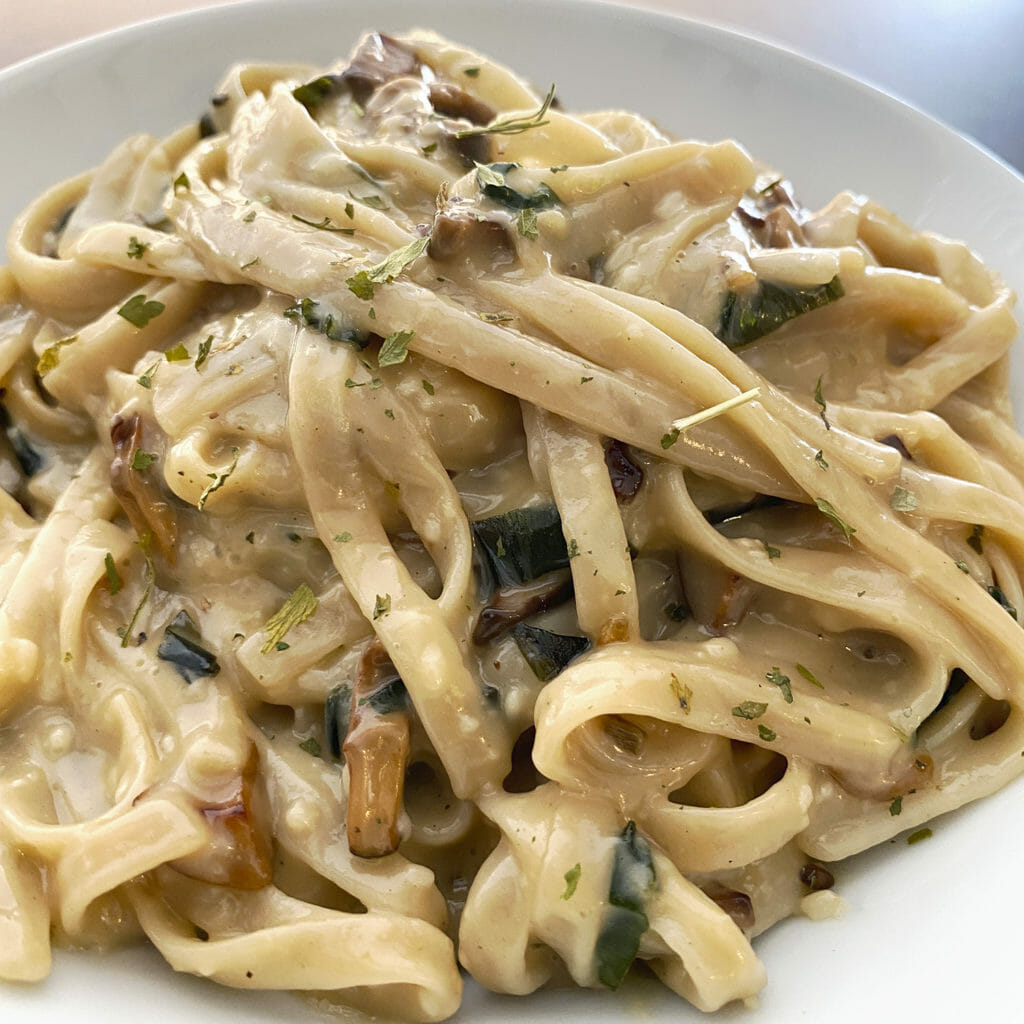 |
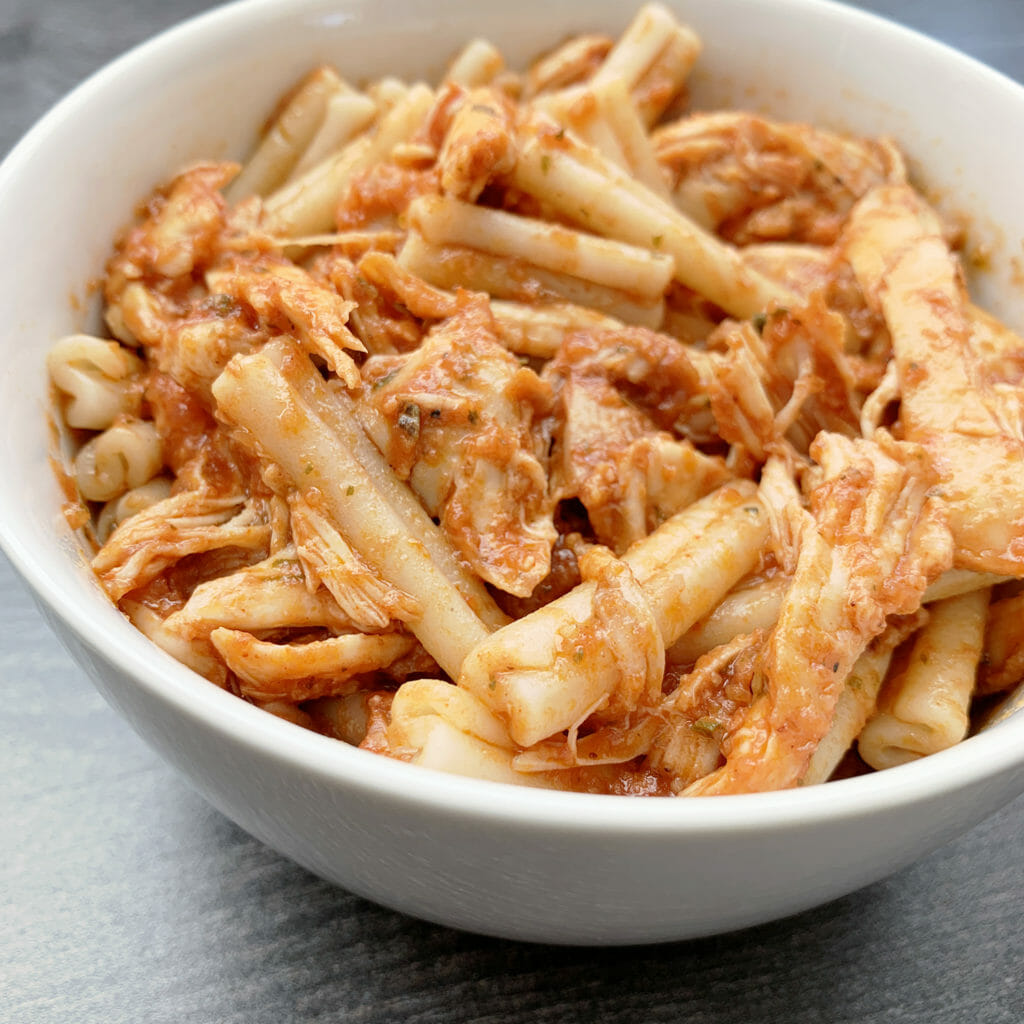 |
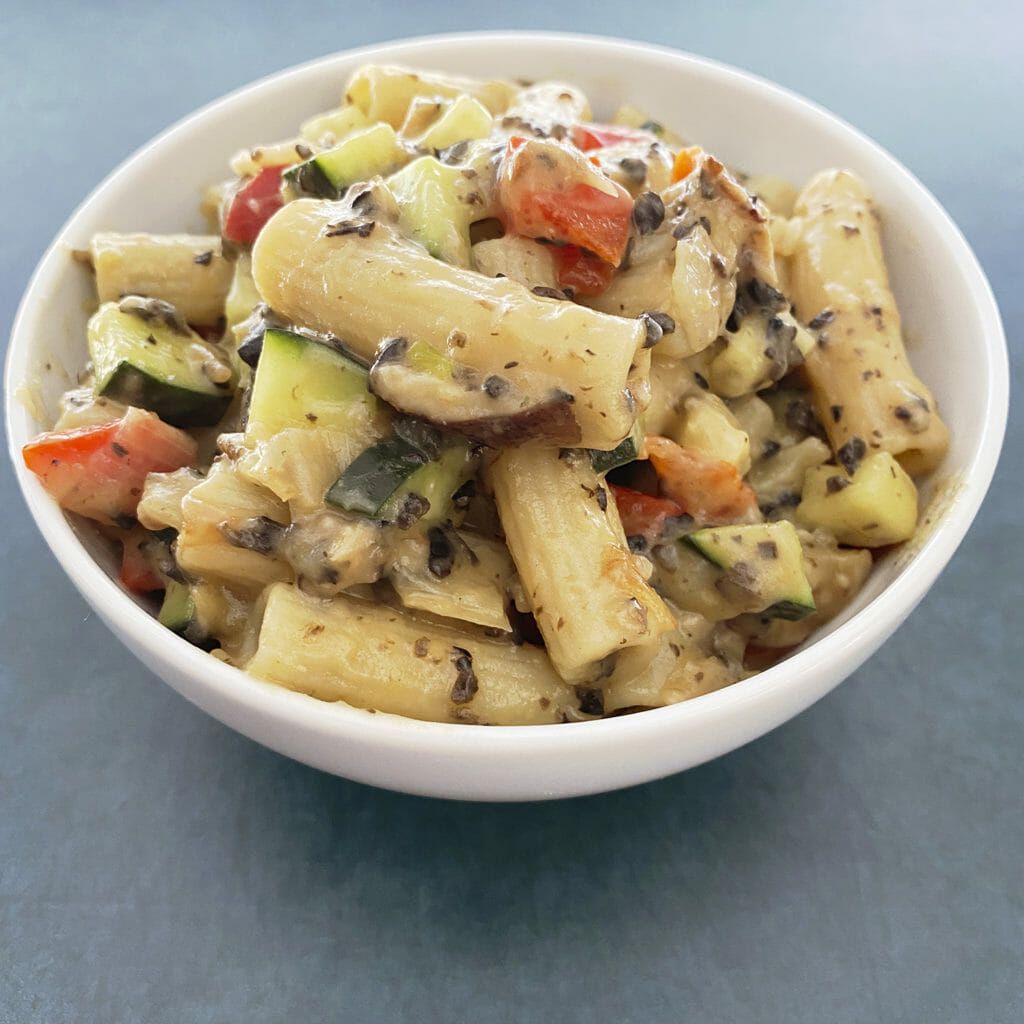 |
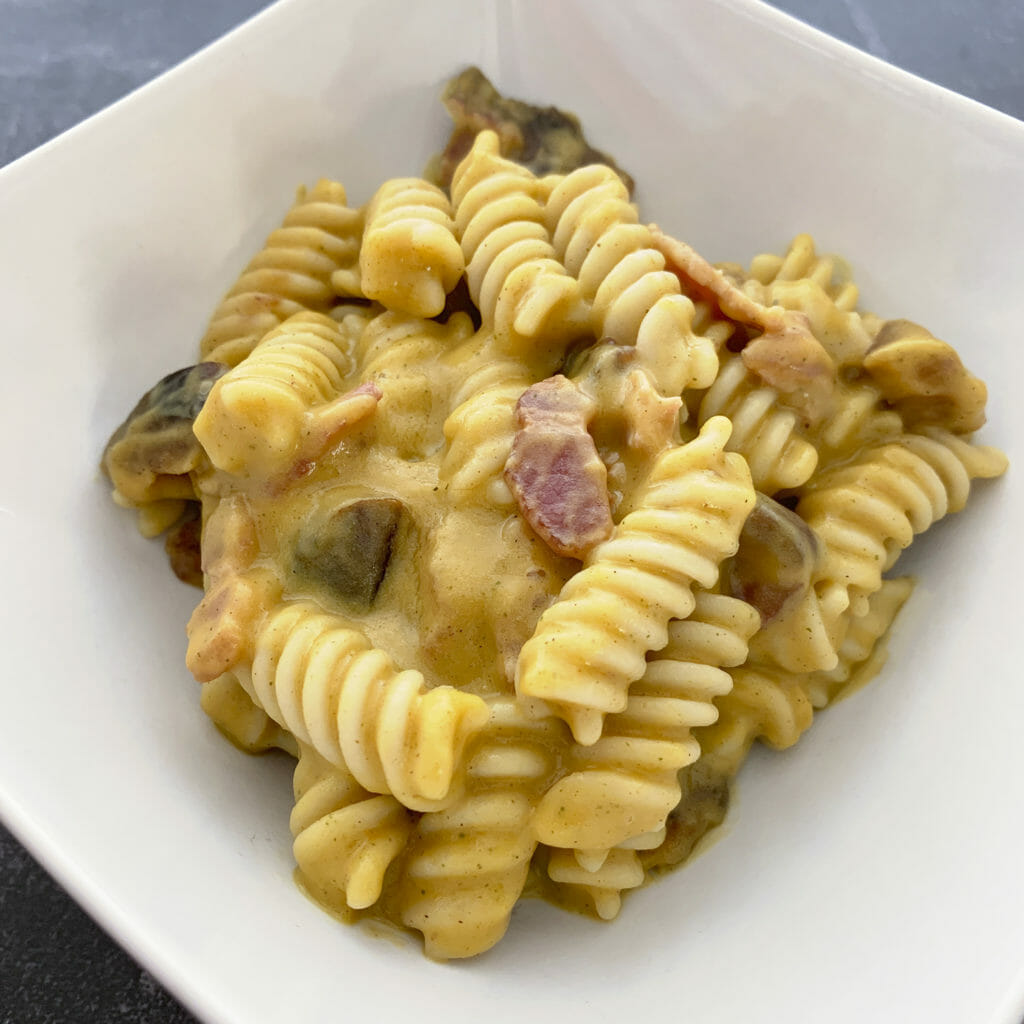 |
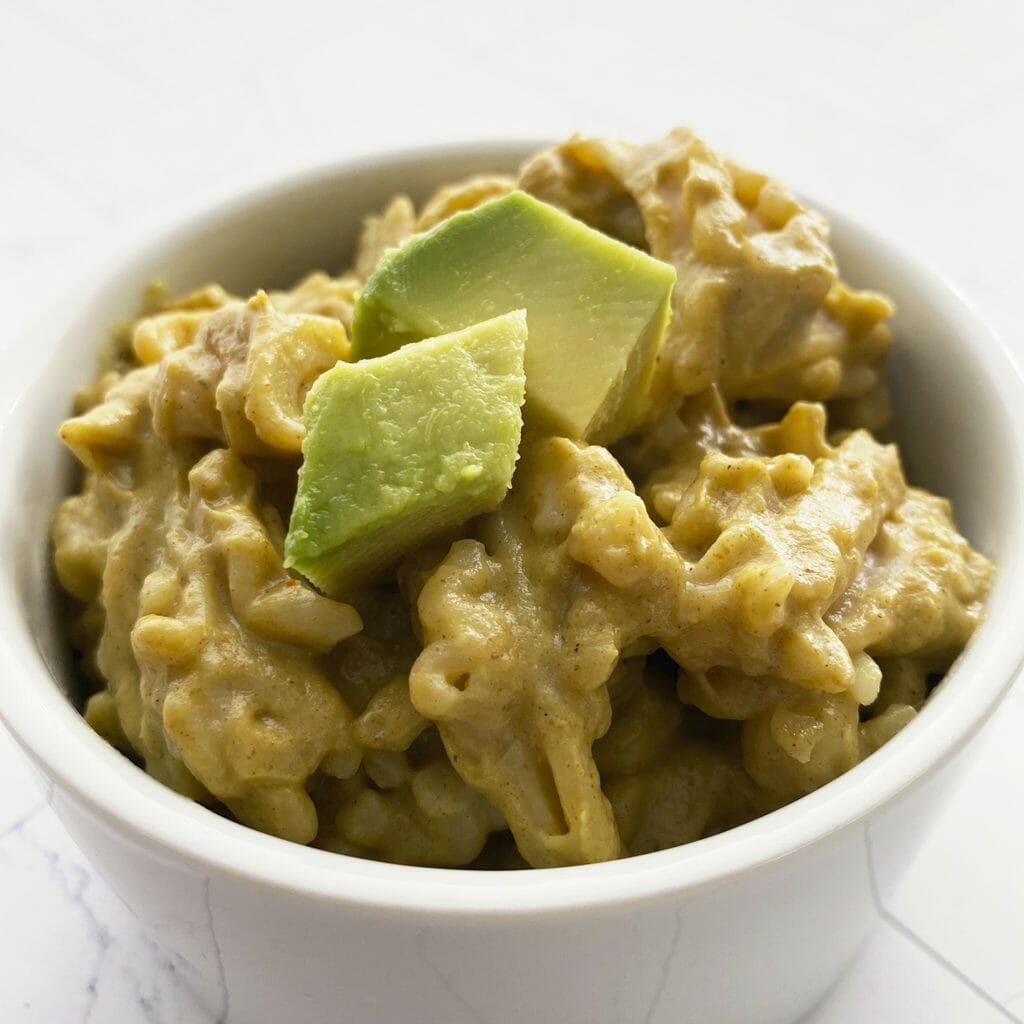 |
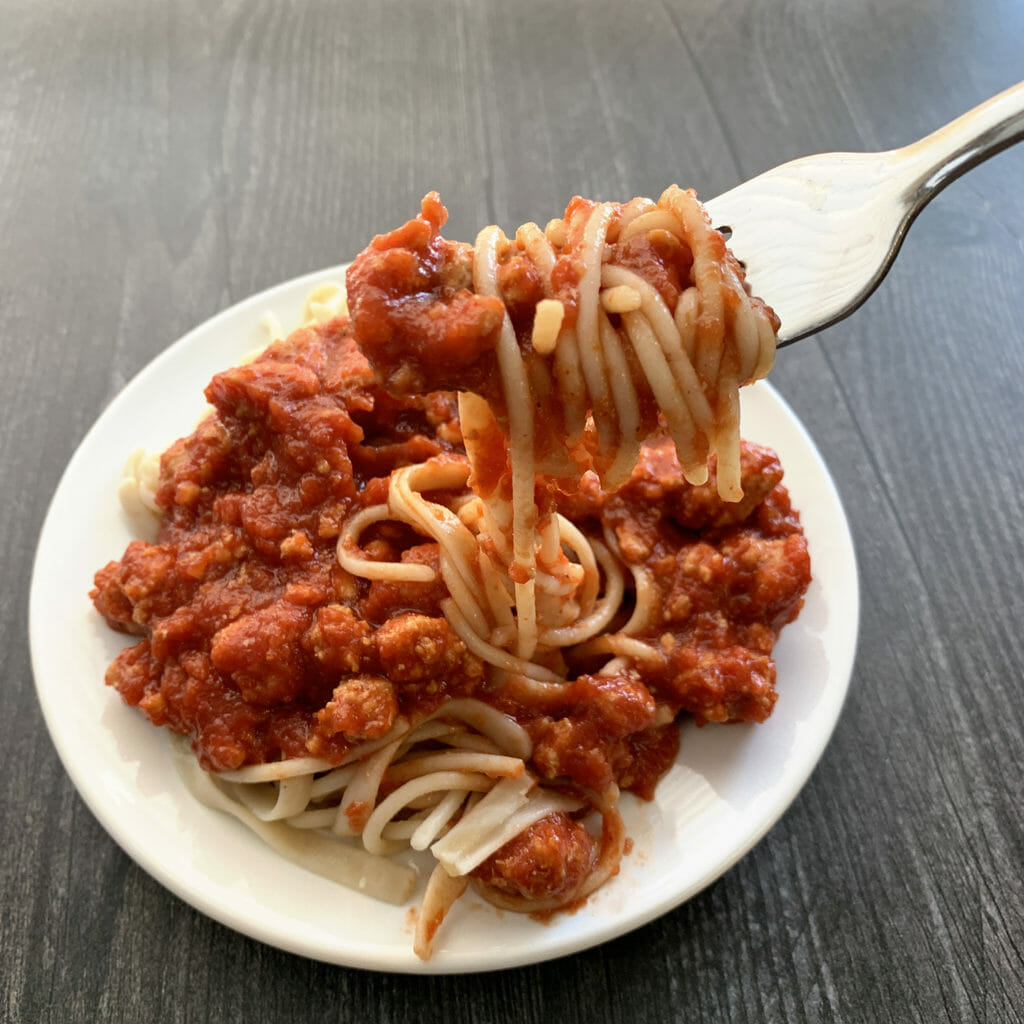 |
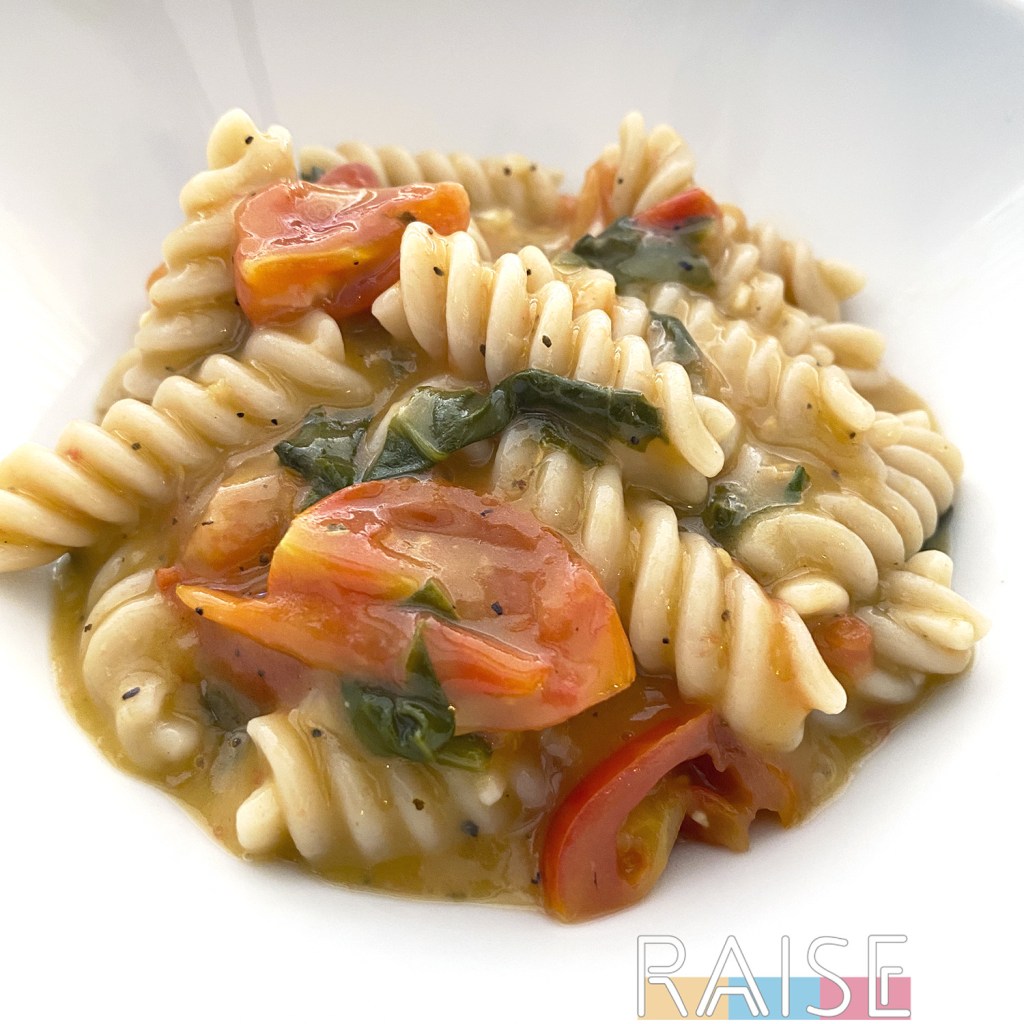 |
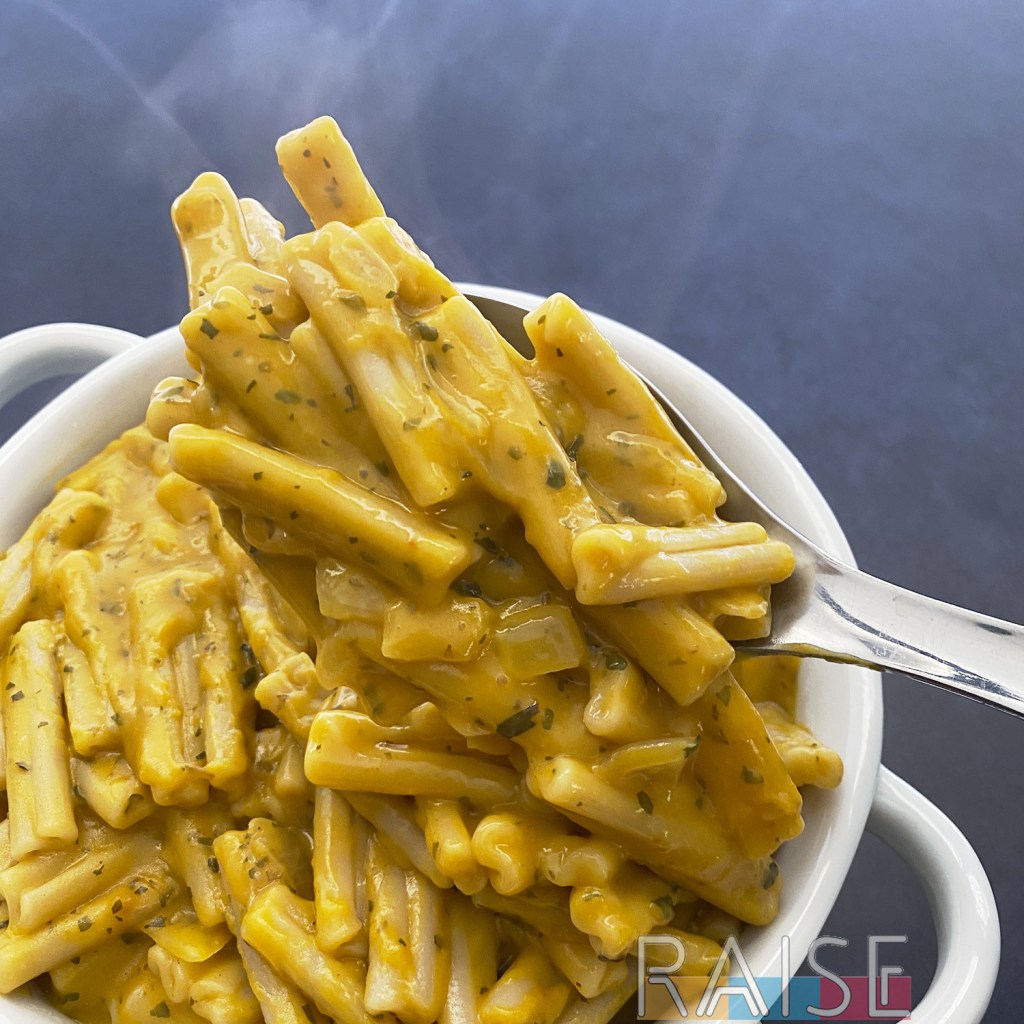 |
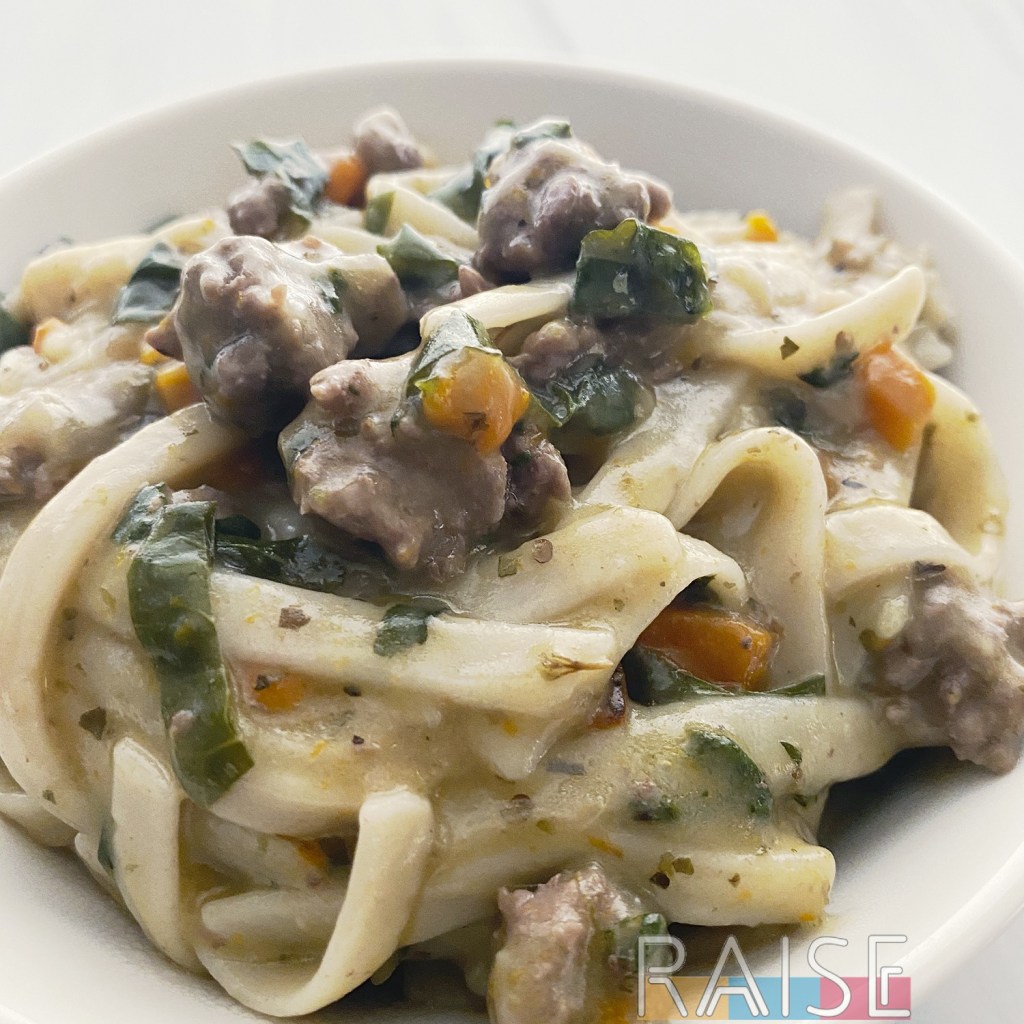 |
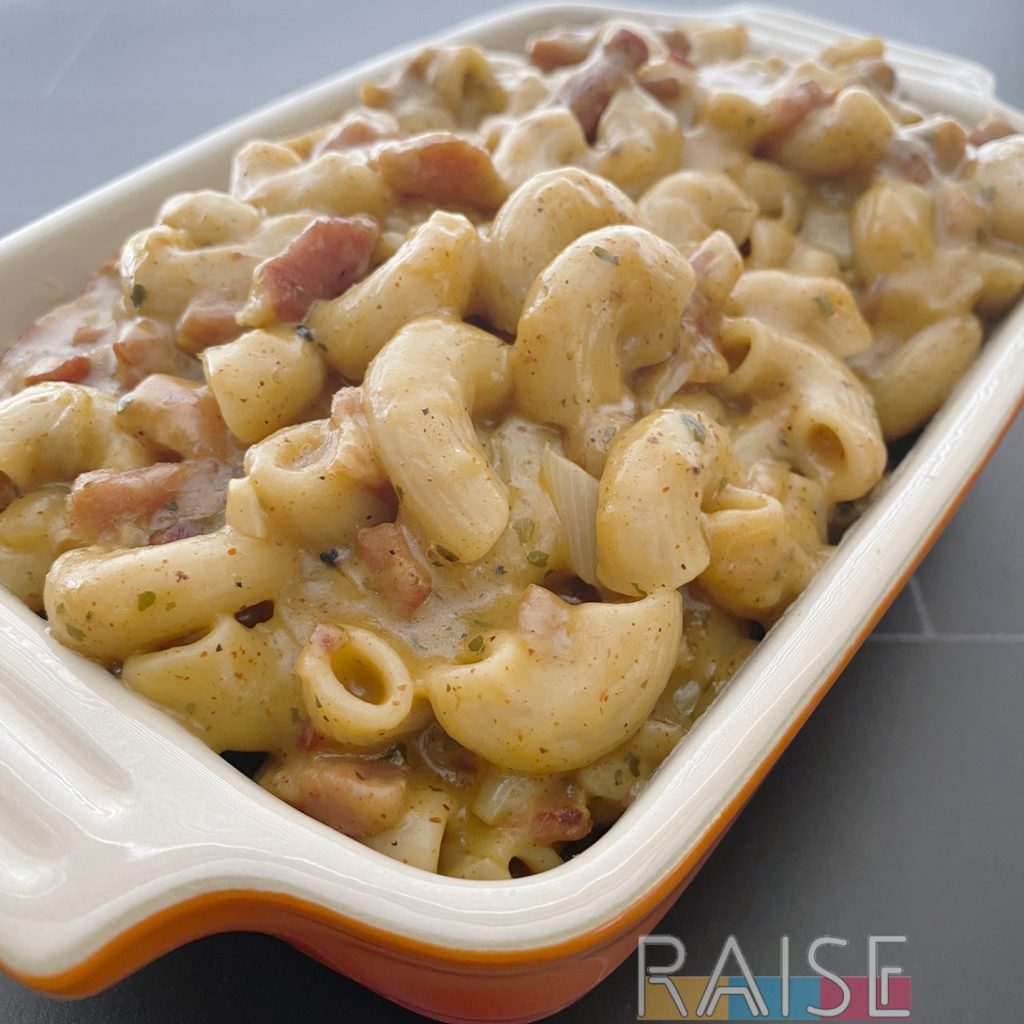 |
Answering Your Gluten Free Pasta Questions
Is there a trick to getting gluten free pasta right?
Honestly, it’s going to come down to a few things, so not one single trick. First, salt the cooking water. This will improve the overall flavour. Second, stir the pasta. This will prevent clumping. Finally, watch that cook time, and almost never trust the box. Start checking your pasta two minutes before what the box tells you.
You know, there are two more tricks to getting it right. Fourth, drain the pasta as soon as it’s done cooking (rather than allowing it to sit in the hot cooking water with the stove turned off). And finally, top your pasta with something delicious. These five factors when combined will help you get gluten free pasta right, every time.
Why is gluten free pasta soggy compared to wheat pasta?
As a rule, not all gluten free pasta is soggy. The real issue is the variability in cooking. When the manufacturer puts the directions on the box, those are based on specific settings. If your stove has a different amount of power etc., your cook time is going to be different.
If you’re finding that all of the gluten free pasta you cook is soggy, start by reducing the cook time by 2.5 – 3 minutes. Check the pasta every 30 seconds until it’s just where you want it. Be sure to note the total cook time and which eye you used on your stove (most stove eyes produce a different amount of powder).
How long should I cook my gluten free pasta?
Check the instructions on the box. If it says 8 minutes, start checking for doneness at 6 minutes. Whatever the box says, start checking two minutes before it’s actually done.
To check, you’ll use your stirring spoon to pull out one noodle. Blow on it, then take a bite. You’ll know right away if it’s done or if it needs more time. Once you’ve determined the cook time for a specific gluten free noodle, make a note of it and leave the note in your kitchen so you’ll just always know the cook times.
Is there a good gluten free and top 8 allergy free tomato sauce I can purchase for my pasta?
My top choice for this type of tomato sauce is the Kirkland Organic Marinara Sauce (sold at Costco). This jarred sauce also makes for a quick and easy dinner along with oven roasted frozen vegetables.
Costco is super helpful when it comes to tracing and tracking allergens. You call them with the product number and get all the details.
If you need to make tomato sauce at home, I can’t suggest enough the BioNaturae brand of tomato products. I use their tomato items exclusively and my kids love everything I make with them.
Do you rinse gluten-free pasta?
Me? Nope. Never ever. Now, some folks will tell you to rinse the pasta. Honestly, if you’re covering your pasta with a delicious sauce, you really don’t need to rinse the pasta. If you’ll be lightly tossing your pasta in a little butter and eating it close to plain, you may want to rinse. It will come down to the mouthfeel of the unrinsed pasta (some feel like there’s a residue).
You can test this by rinsing a few of your cooked noodles and compared them to the unrinsed noodles. If they taste the same, you don’t need to rinse. Each brand of gluten free noodles will taste different, so you’ll need to test it the first time you try a particular brand.
How can I make my gluten free noodles taste better?
The top two ways to make gluten free noodles taste better: salt your cooking water and top it with a banging sauce. The thing about all free-from food is most people complain about how bland it is. Then they try one of my recipes and they’re blown away. Folks tell me all the time “I had no idea food could taste this good”.
The reason it tastes so good is because I don’t hold back on flavour. I make sure flavor is front and center so you’re not thinking about what you’re missing out on. If you aren’t adding flavour, your noodles aren’t going to taste very good.
I’ll also add this little tidbit: fat = flavour. If you’re cooking without the basics (salt + fat), your food will be a bit more bland. If you have a medical condition and have to cook that way, you’ll need to make a distinct effort to bring in flavours through your sauces, herbs, and seasonings.
Is there a way to make sure my gluten free pasta doesn’t fall apart?
The best way to make sure your gluten free pasta doesn’t fall apart is to watch your cook time, stir well, and watch that pasta like a hawk.
If your gluten free pasta cooks in boiling water the whole time (rather than at a simmer), it may be done sooner than what the instructions on the box say. What I like to do is cook the pasta in boiling water and start the sampling process 2.5 – 3 minutes before what the box says.
One of my kids is called the Pasta King and let me tell you… that kid KNOWS when pasta is ready. Since I can’t eat any of this stuff, I call him in the kitchen and he samples a noodle every 20 seconds or so until we’re happy with the results.
By checking the pasta sooner than what’s called for, you’re much more likely to have intact pasta, rather than pasta that falls apart.
Does the type of colander I use matter?
No, the type of colander that you use to drain your gluten free pasta doesn’t matter. Personally, I like to use a collapsable silicone colander because it has handles that extend over the sink. It’s easy to use, but because it collapses, it’s also very easy to store.
Since I manage a mixed allergy household, the colander I went with was important because it comes in several colours. The gluten free colander is one colour and the wheat colander is a different colour.
You can see the colander along with all the other kitchen tools I enjoy in my Amazon shop.
What are the best brands of gluten free pasta to cook with?
This will come down to personal preference. When my kids were little, I was team Tinkyada all the way. One of the reasons I like Tinkyada is that they have an organic line, which is something most brands aren’t offering in the gluten free pasta world.
As my kids got older and were able to give me better feedback about pasta, they all decided that Jovial was the brand for them. Since I have an airborne allergy to rice, cooking that brand of pasta was getting pretty hard, so I turned to the Cybele’s Free to Eat brand which is both rice and corn free.
I was afraid my kids wouldn’t like it, but they really enjoyed the brand, however, I never skimped on sauces. My kids tend to be a lot more agreeable to gluten free pastas is their noodles are smothered in a sauce.
Figure out if you’re purchasing for flavour, function, or if you need something specific such as rice free. From there, I think you should shop around and try several options until you find the one you love. But also start with Jovial (plus they have super fun shapes).
Is it possible to make gluten free pasta dough at home for fresh pasta?
Why yes it is, and it makes for an awesome dinner. I’ve actually done this at home with a pasta machine (I have the KitchenAid attachment). My first big tip is to use a flour blend. Sure, rice flour only does work, but when you make it at home, it’s just not the same as store bought. I’ve had great results by making a good flour blend, turning that into a pasta dough, then running it through the pasta machine.
You can boil homemade fresh pasta dough, but you can also bake it. I made some very interesting pasta bakes that way when my kids were growing up.
Now, I do want to warn you. Making fresh pasta dough at home is time consuming and there’s a learning curve. If you have a real passion to learn, go for it. If you’re just messing around because you’re bored, you may want to buy a LEGO set instead and just stick with boxed pasta.
It is a fun process, but if you purchase a pasta machine or attachment, that will also set you back a bit, so make sure you really want to go on a gluten free pasta making adventure.
Will gluten free pasta work for pasta salad?
Yes! Gluten free pasta can be used for pasta salad. Interestingly, I’ve had the best results with lentil pasta and the Jovial rice pasta. I’ve tried it with a few other brands, but you have to be *so* careful with the cook time.
You’ll really want to make sure that your pasta is as close to al dente as possible. When gluten free pasta for pasta salad specifically is past al dente, the overall experience is less enjoyable.
Additionally, not every gluten free pasta tastes good cold. This will ultimately come down to personal preference. Find a brand of pasta that tastes good cold to you (my kids say some GF pastas taste chalky when cold), and then make a pasta salad with that brand of gluten free noodle.
Do you have a good gluten free lasagna recipe?
I do have a great gluten free lasagna recipe, but, it’s for lasagna soup. Hear me out. Making lasagna (gluten free or wheat-based) takes a lot of time and energy. What if you could have the same delicious results with only a fraction of the work?
That my friend is lasagna soup. It also freezes well and I’ve watched my kids eat an absurd amount of it in one sitting because apparently it’s just that good.
What’s the easiest way to prevent clumping with gluten free ramen noodles?
Remember the part of the article when I said Stir. The. Pasta? That’s going to be the number one way to prevent clumping. Some folks like to add oil (such as olive oil) to their cooking water after adding the pasta, since they’ve heard it will prevent clumping. In some cases, this is true, however, adding oil can also prevent sauces from adhering to your noodles properly when they’re done cooking.
As you can imagine, I’m a gluten free pasta pro, and I’m telling you from all my years of experience: if you stir the pasta regularly, especially in the first two minutes of cooking, you’ll prevent the noodles from clumping.
How can I add variety to my regular gluten free pasta dishes?
The two easiest ways to add variety to your gluten free pasta dishes are switching up the noodle, and tweaking your sauce. Let’s say you always purchase gluten free spaghetti. Next time, bet yourself some gluten free penne to try. The change in shape will also give you a slight change in texture and overall eating experience.
The next way to switch up your pasta is to try a different flavor. Take Cybele’s Free to Eat as an example. The gluten free veg noodles come in 4 or 5 flavours last I checked. Even though they’re all the same shape, the change in ingredients will alter the flavor just a bit for you.
To tweak your sauce, you can make big changes, such as switching from a red sauce to a white sauce. Alternatively, you can make a little change such as adding a little hot sauce to your pasta sauce or adding an additional seasoning that would compliment the dish.
These little choices, over time, can absolutely help you create variety in your pasta dishes. If you’re serving a child, I’d encourage you to do this with them and teach them the skill since it’s something they’ll need for years to come.
What would be a good pasta substitute? I can’t have any type of gluten free pasta.
The best substitute for someone who can’t have any type of noodle would be zucchini noodles (zoodles) in my opinion. You can spiralize your zucchini and use the “noodles” raw, or you can give them a quick sauté. Zoodles are a great substitute because they can hold a sauce pretty well.

